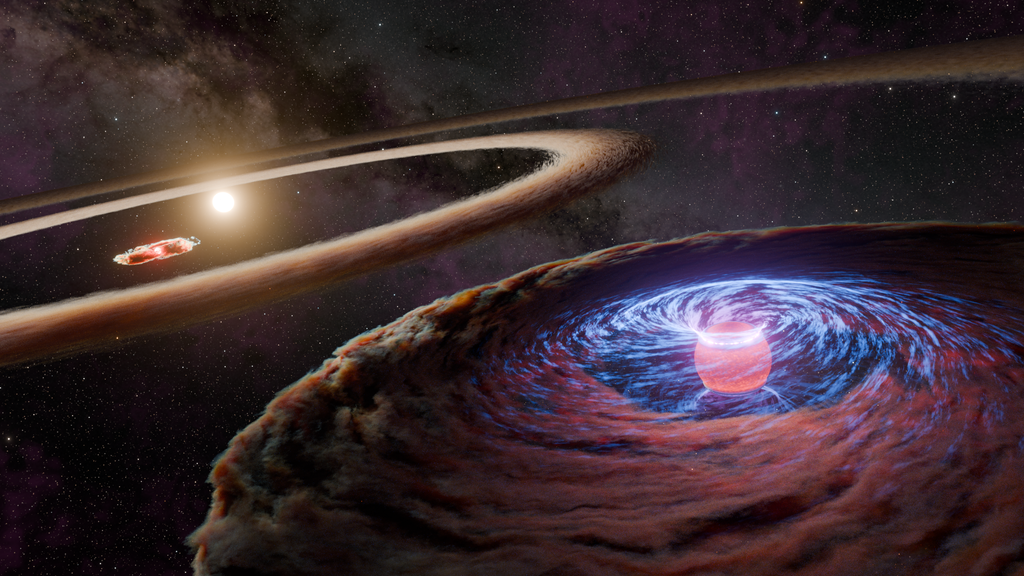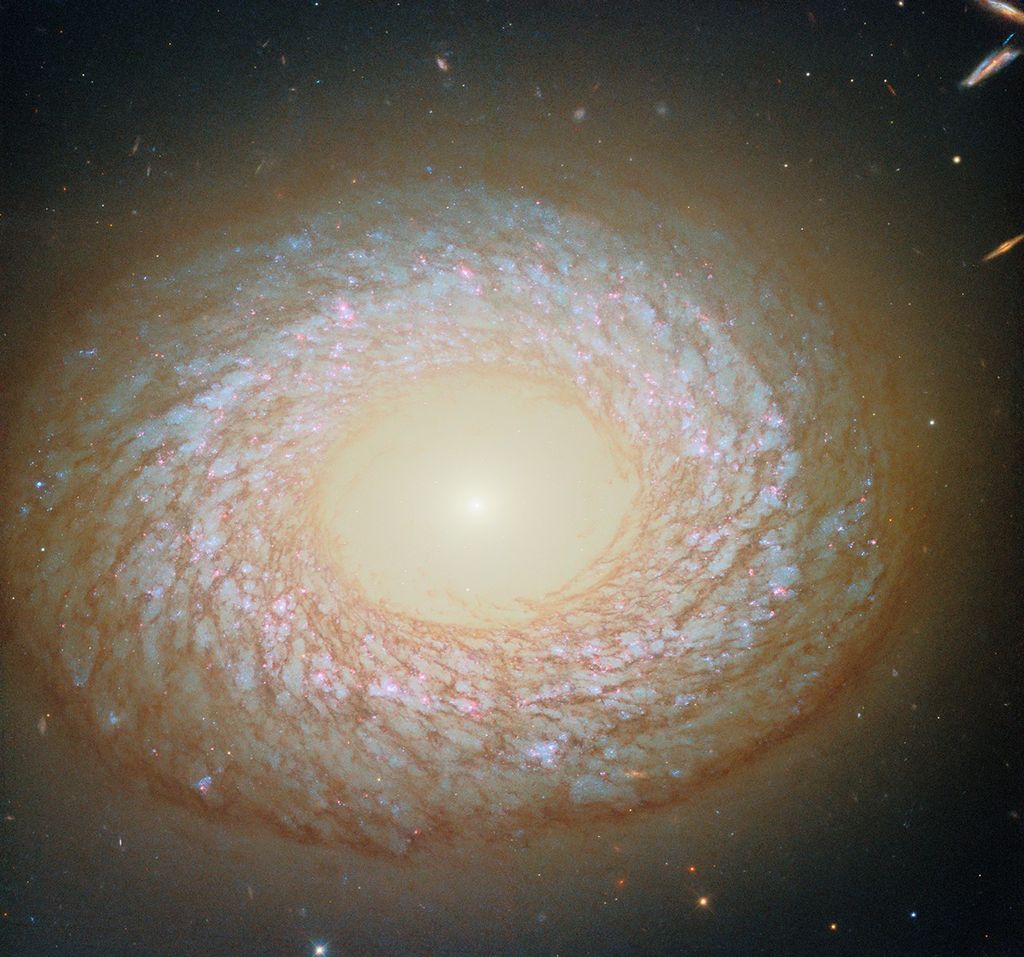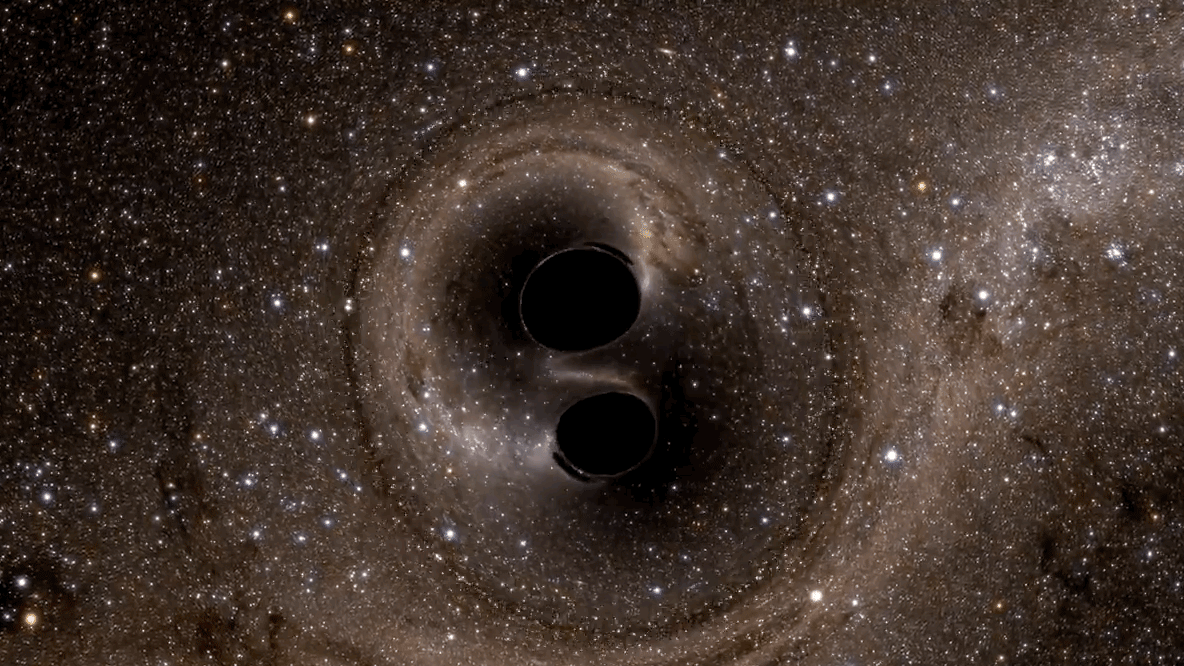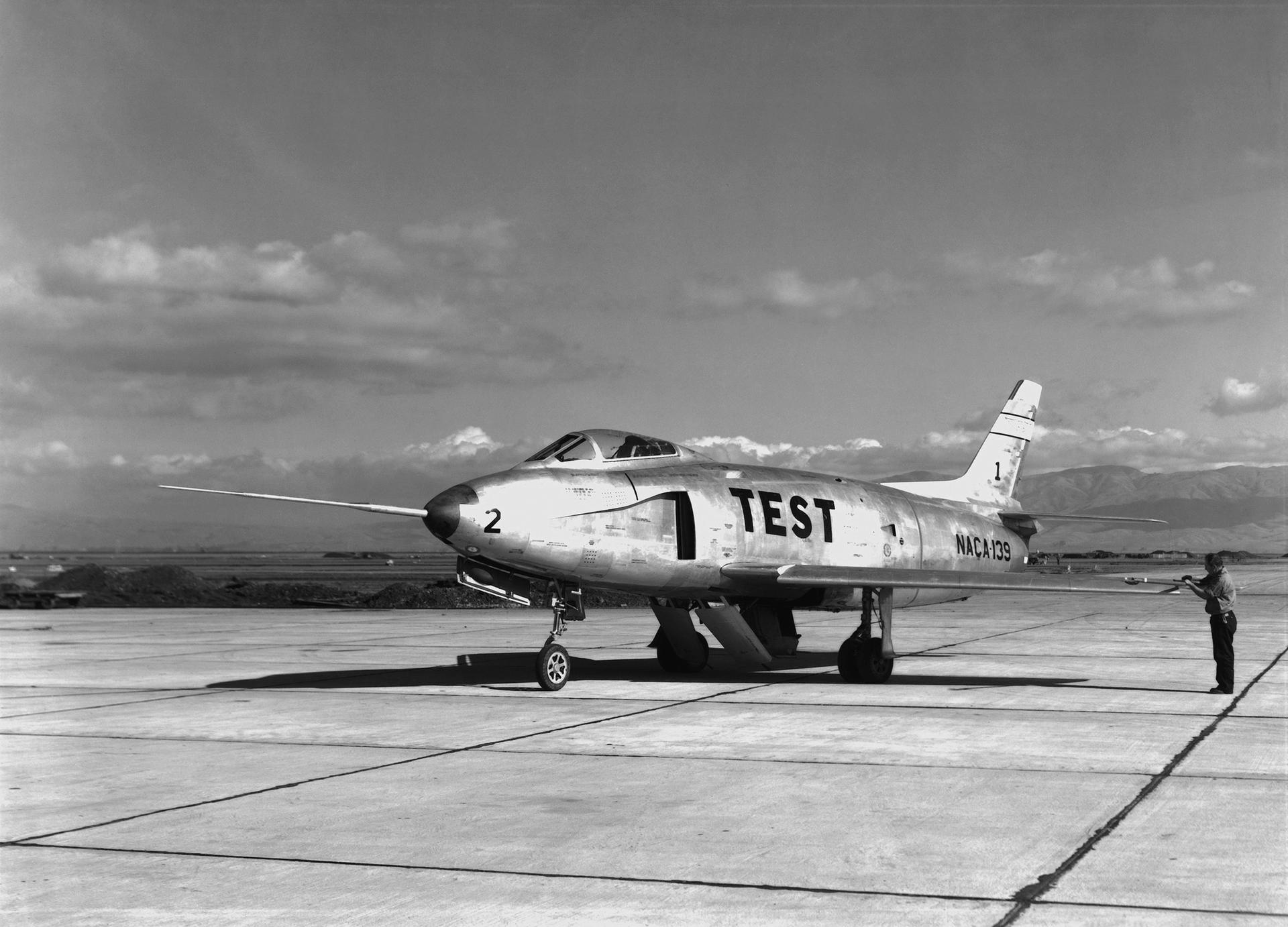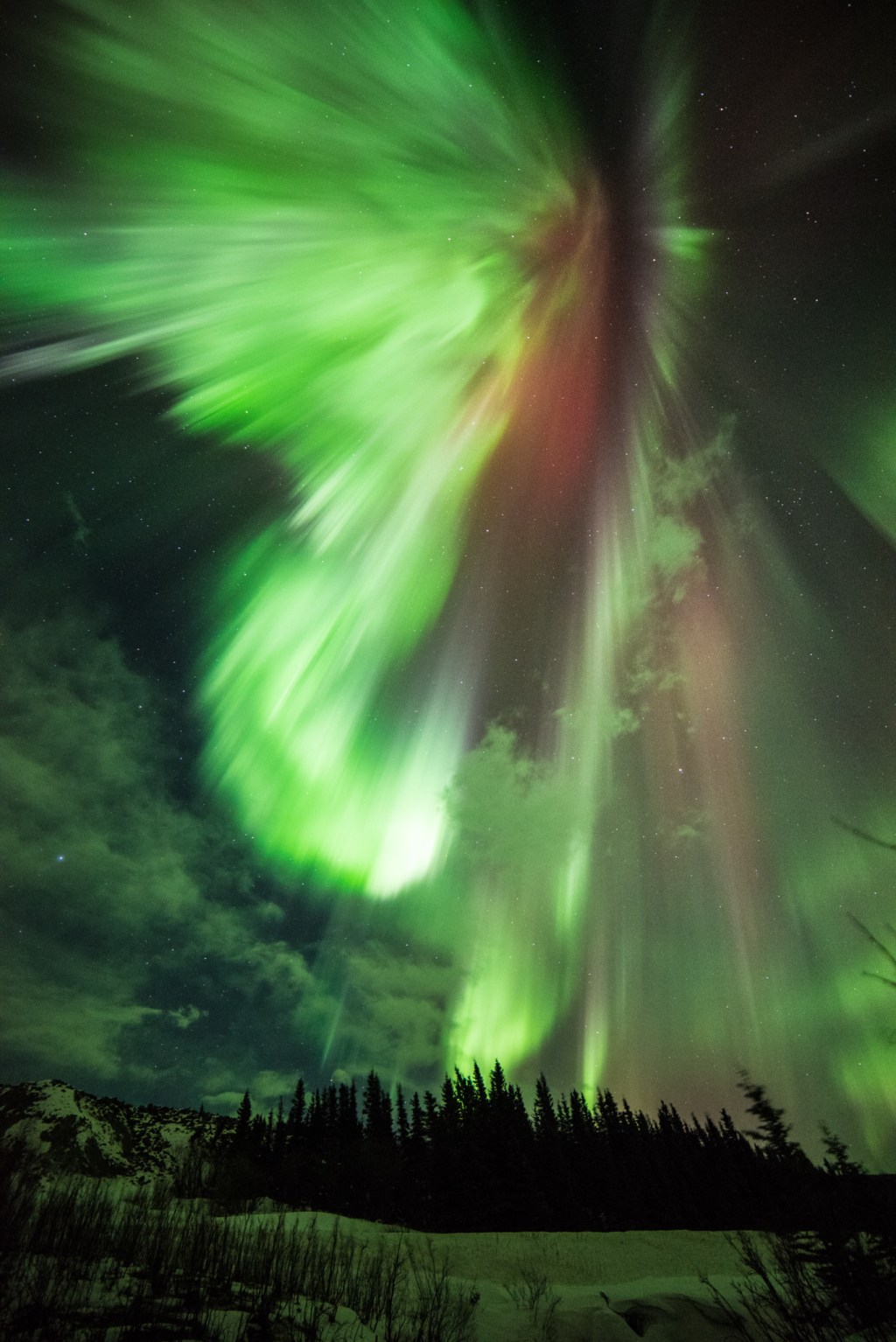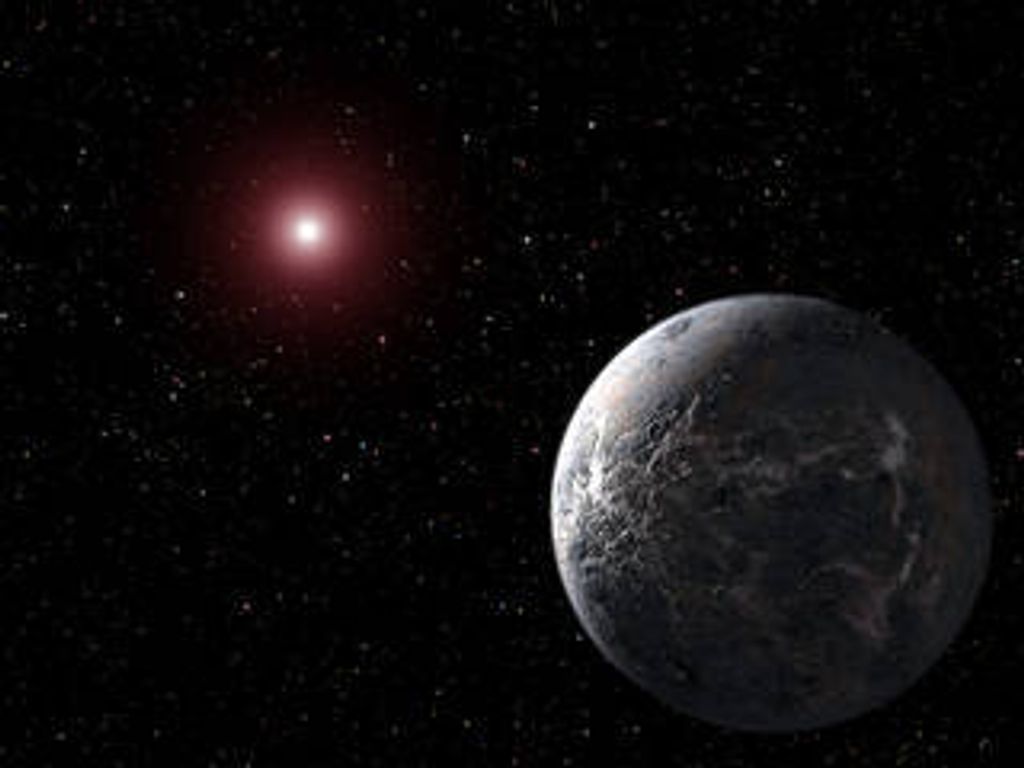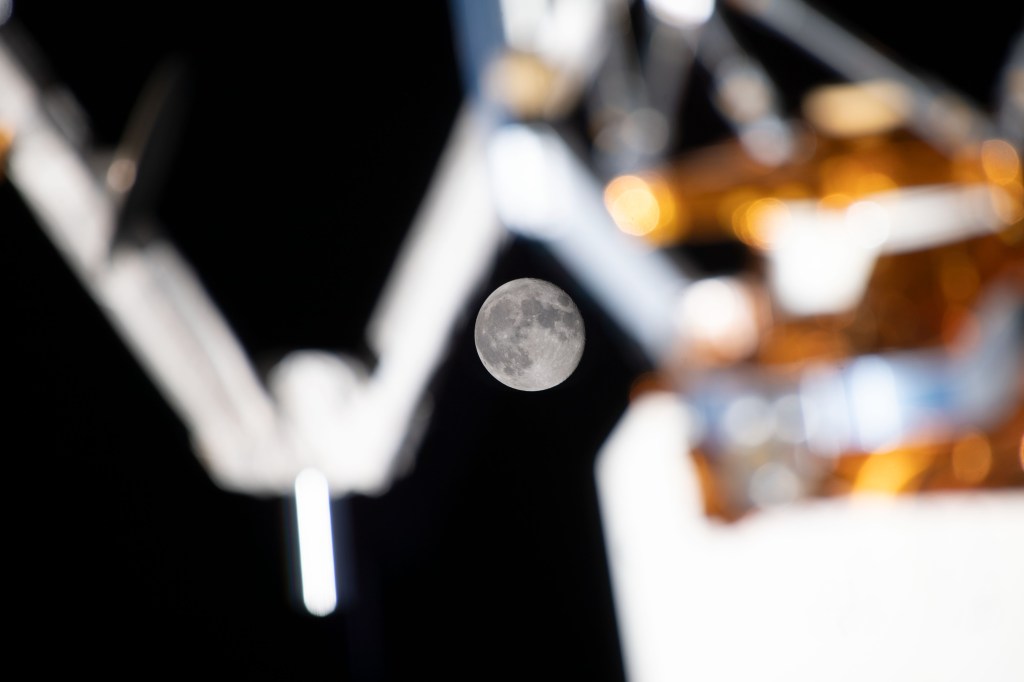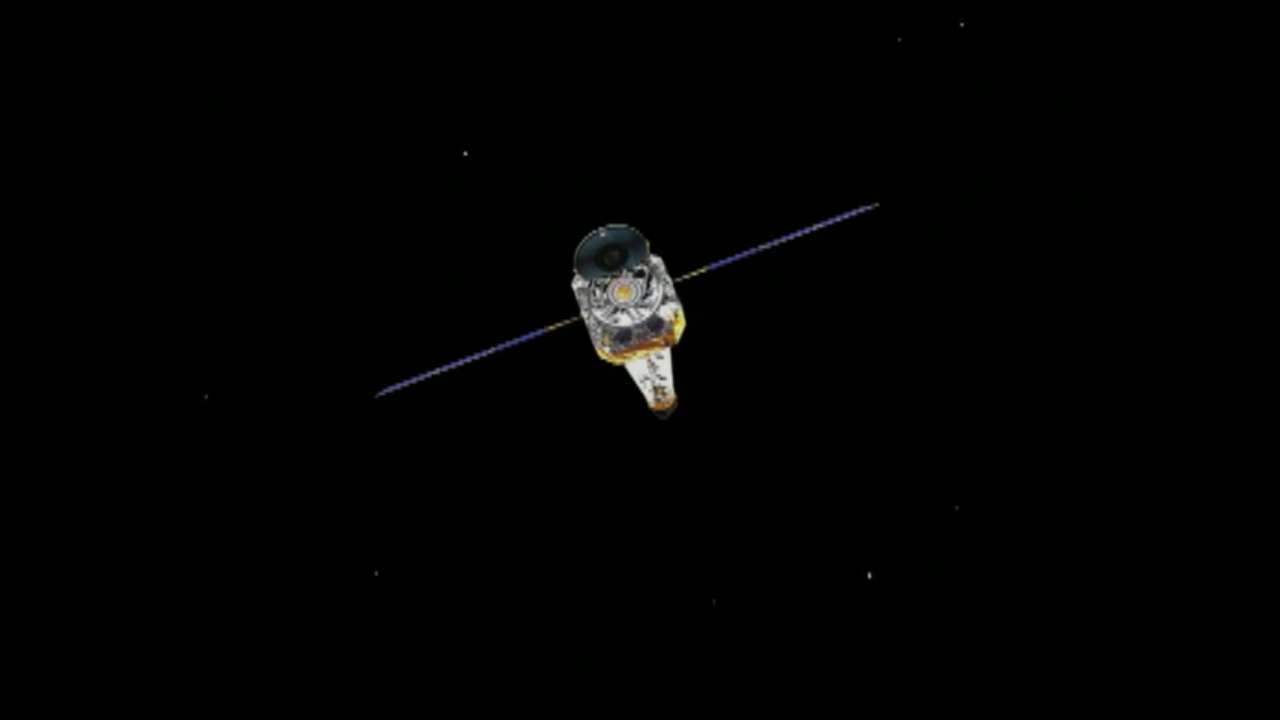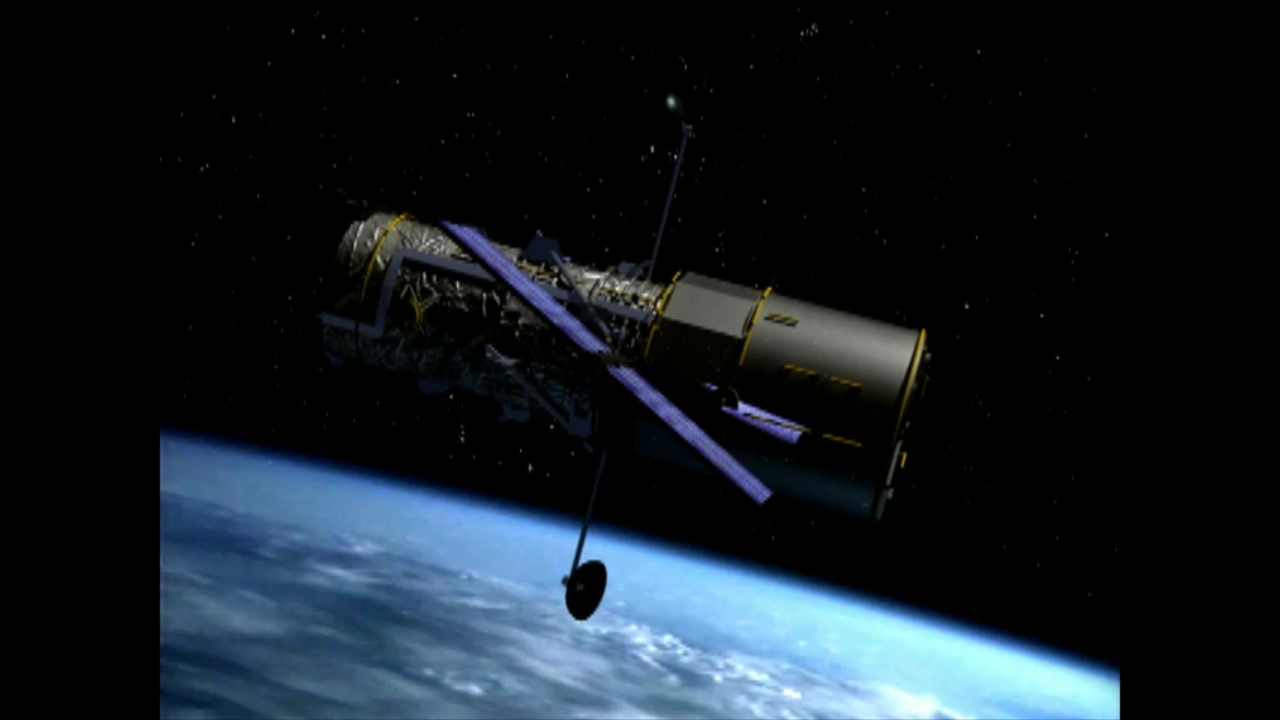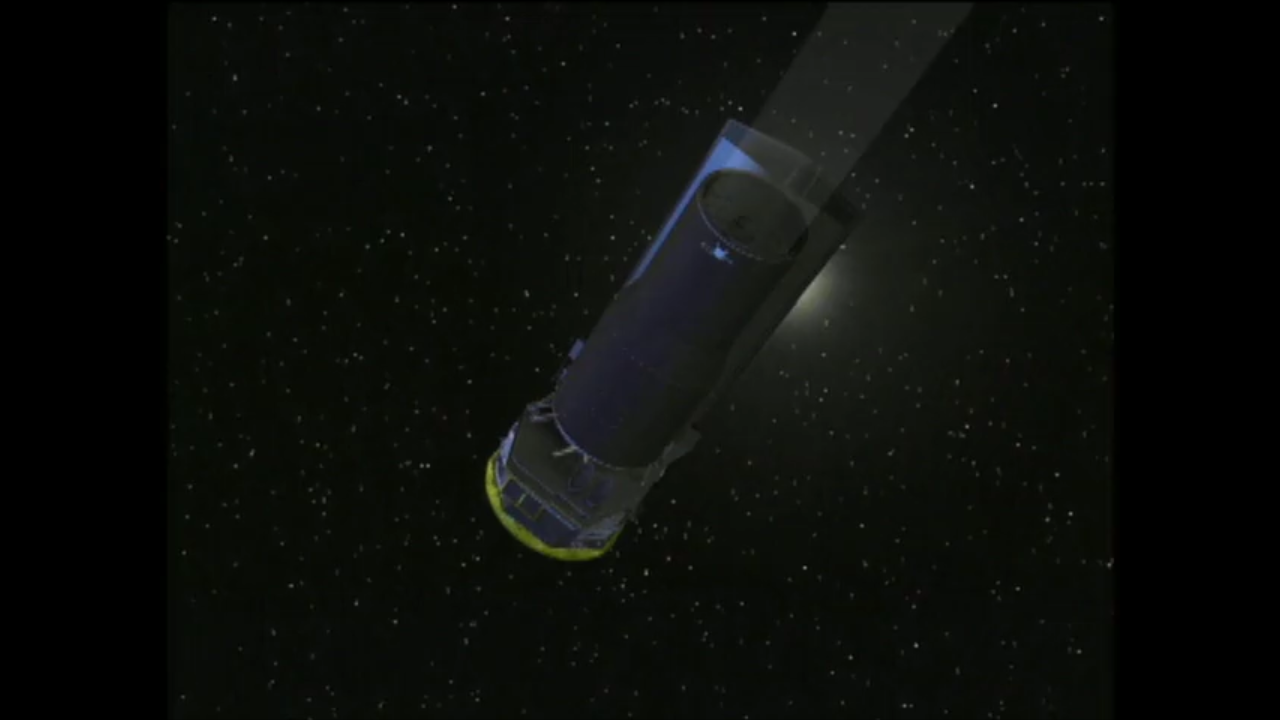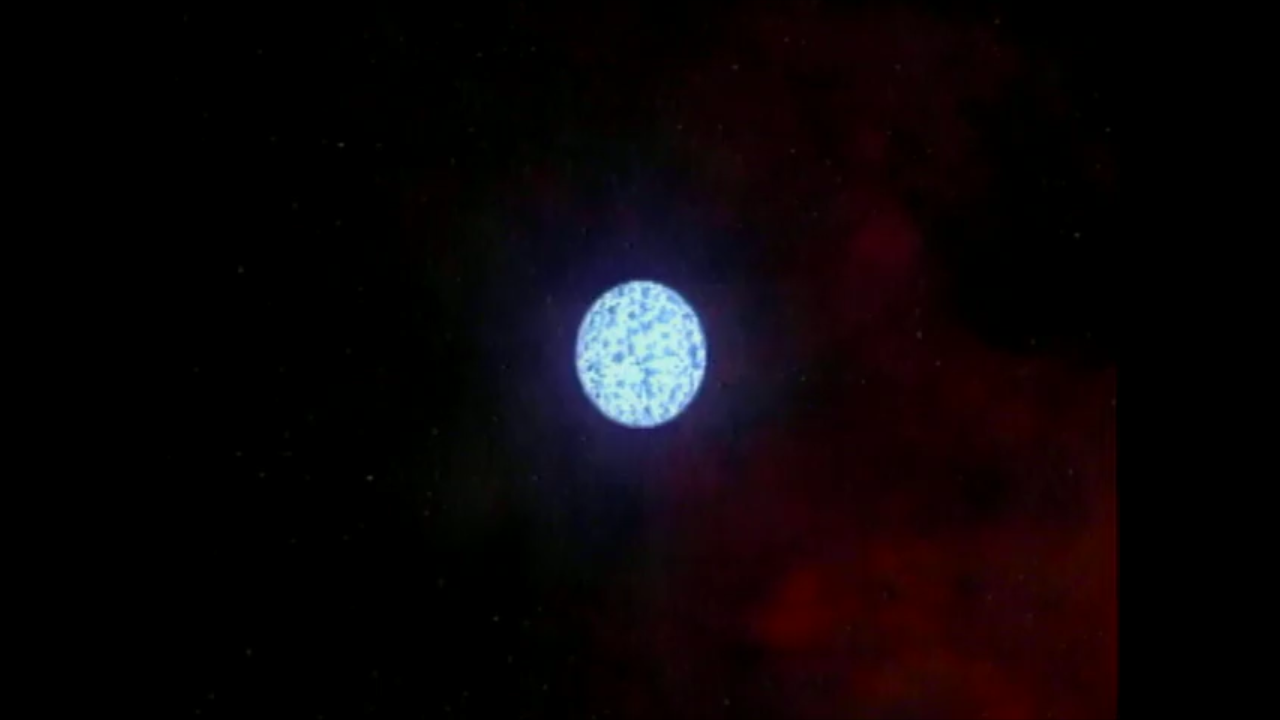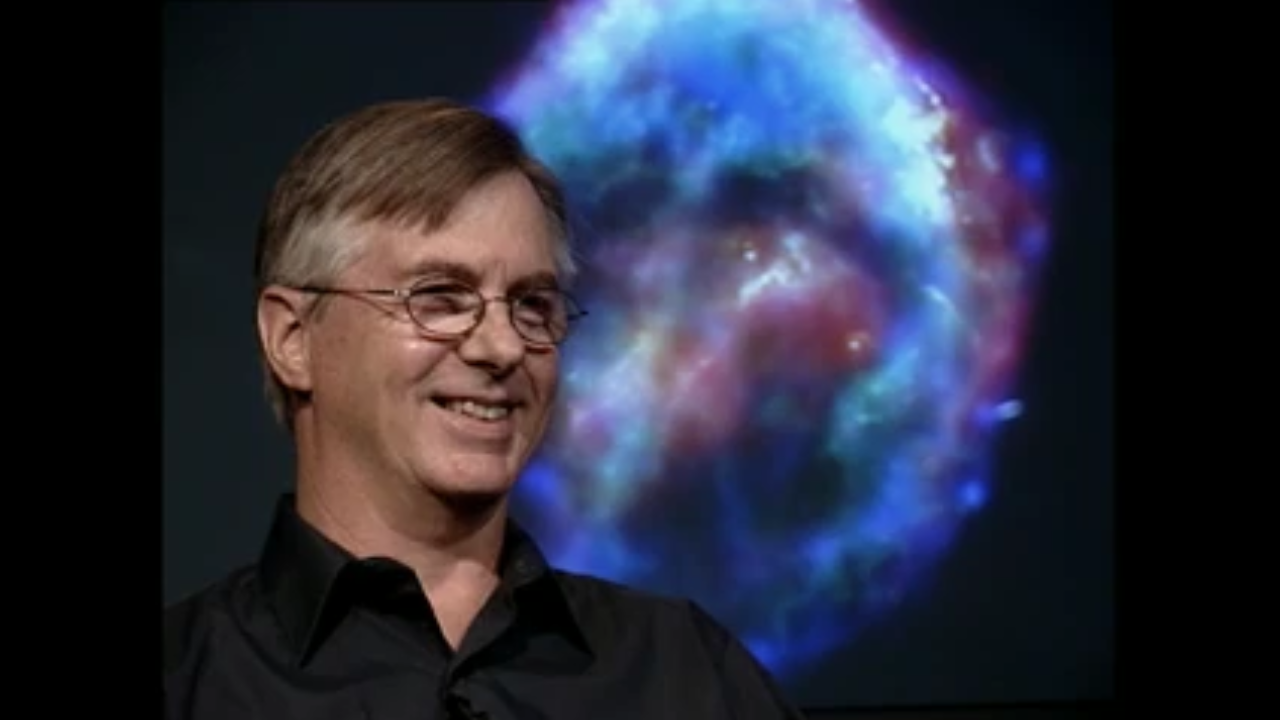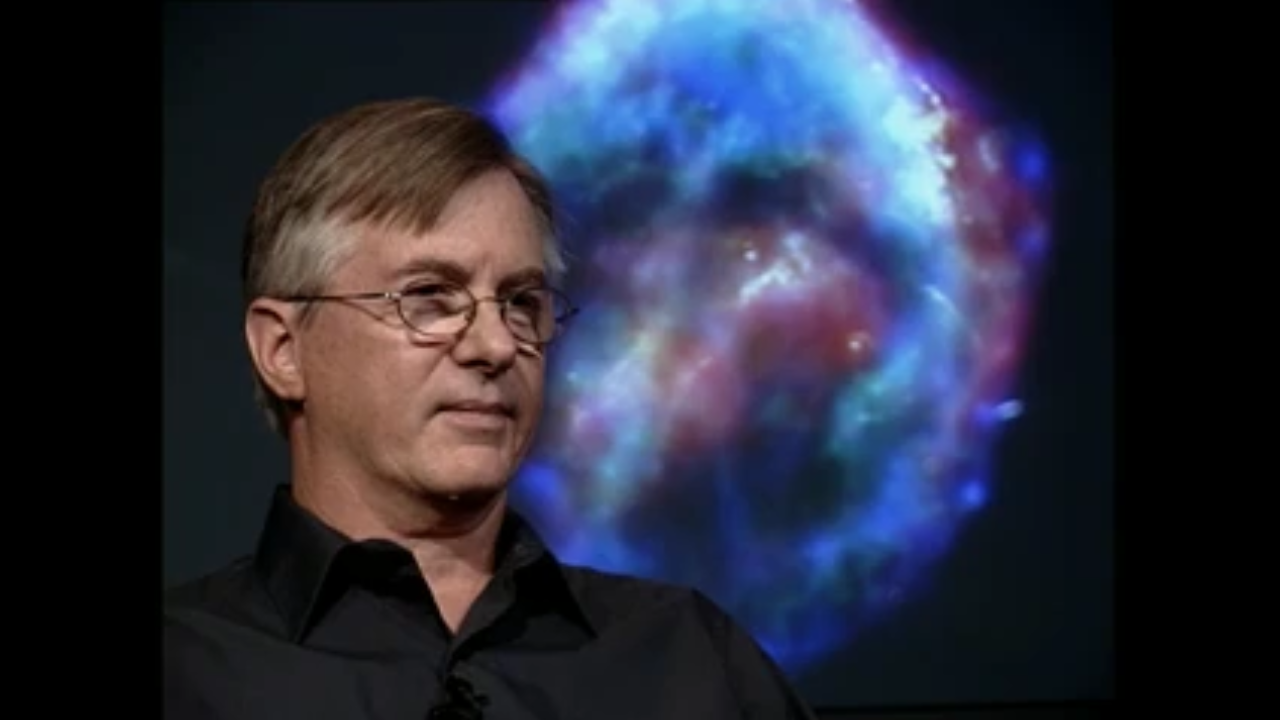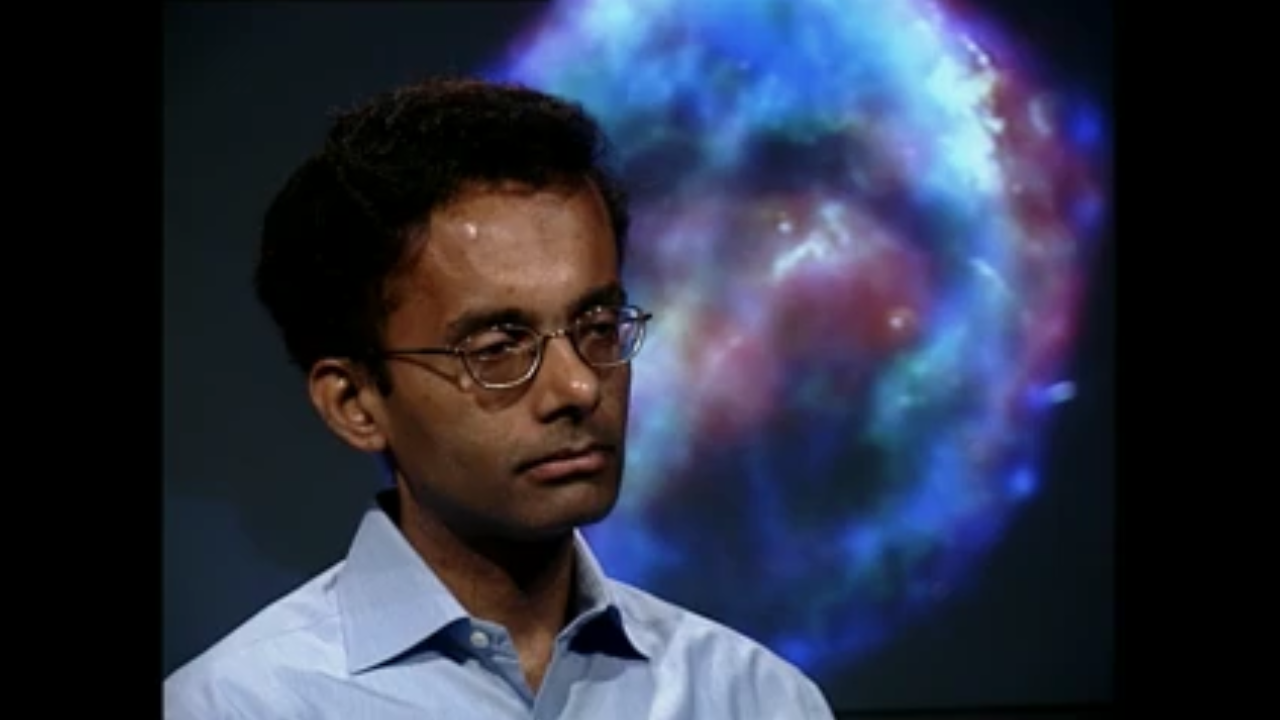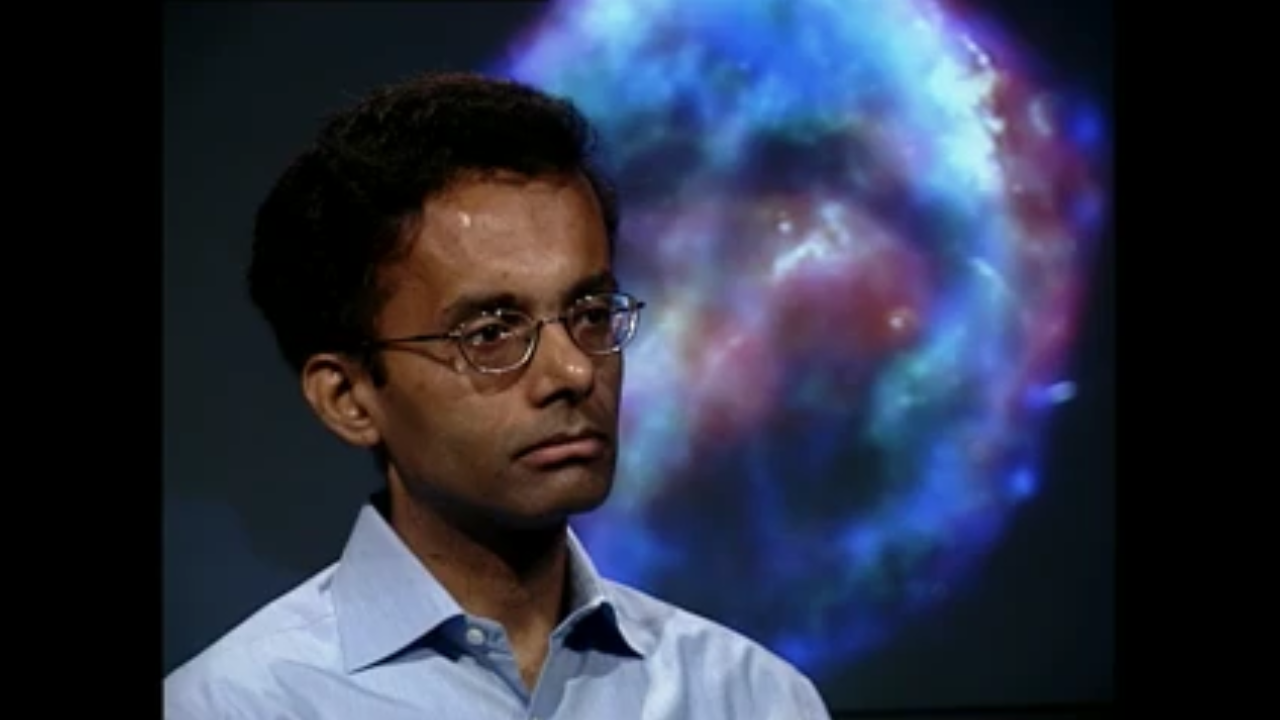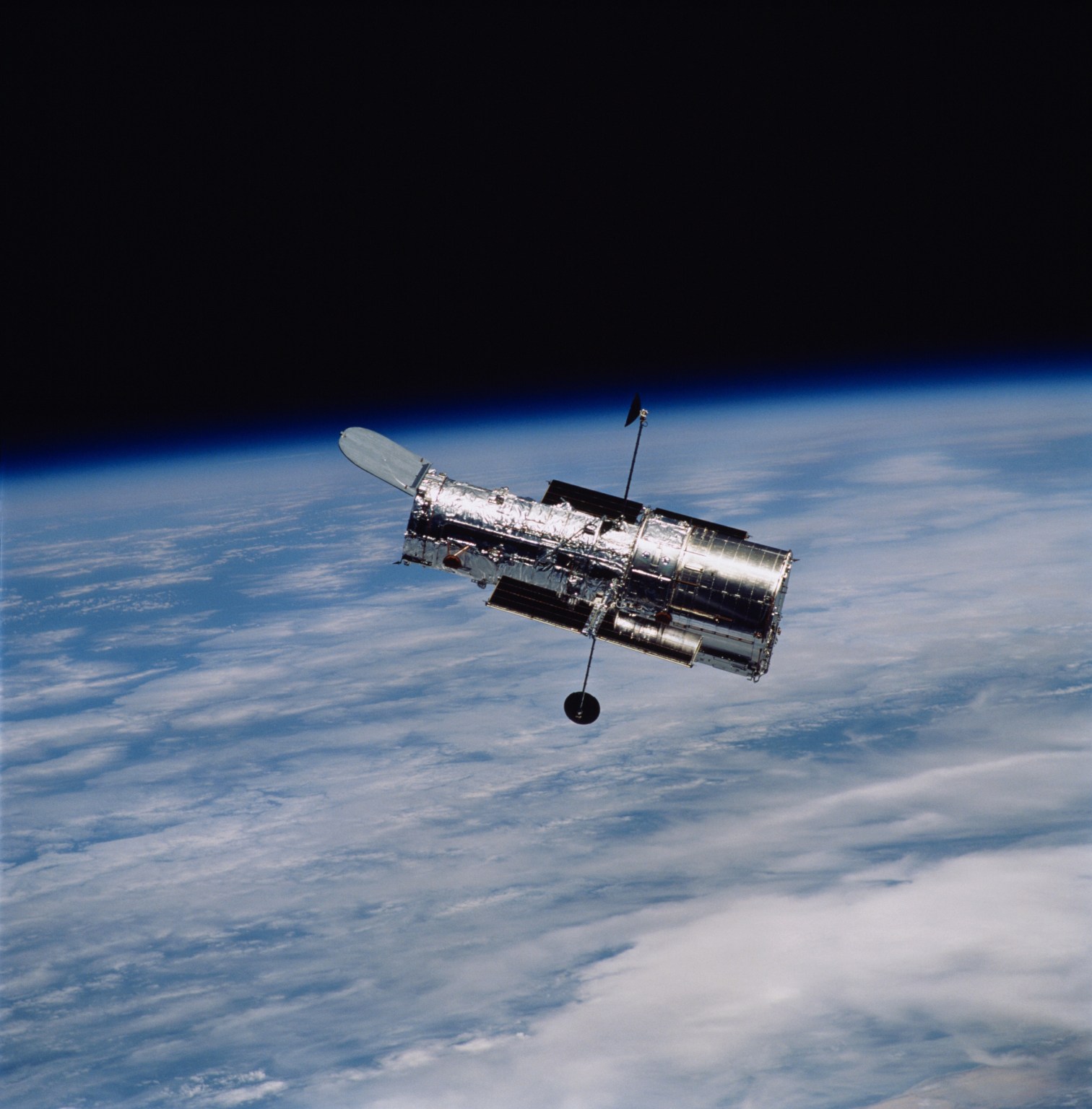1 min read
Kepler’s Supernova Remnant: Views from Chandra, Hubble, and Spitzer
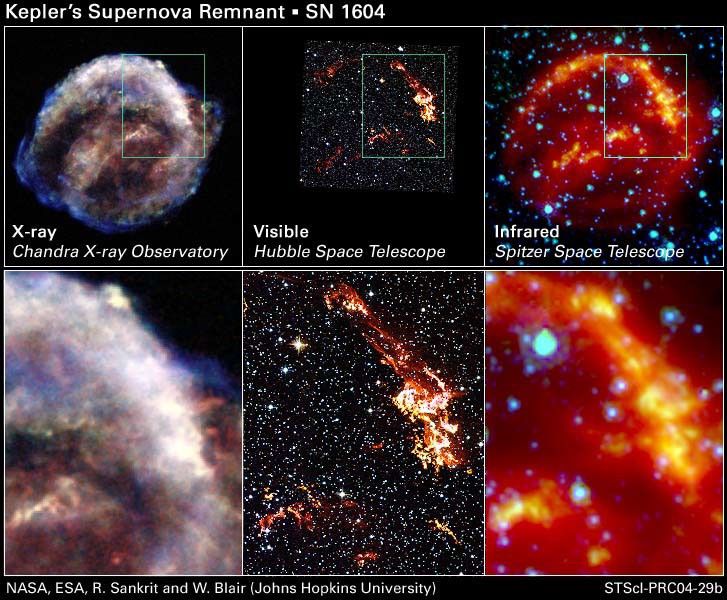
These images represent views of Kepler's supernova remnant taken in X-rays, visible light, and infrared radiation.
Each top panel shows the entire remnant. Each color in this image represents a different region of the electromagnetic spectrum, from X-rays to infrared light. The X-ray and infrared data cannot be seen with the human eye. Astronomers have color-coded those data so they can be seen in these images.
The bottom panels are close-up views of the remnant. The region seen in these images is outlined in the top row of pictures. In the bottom, center image, Hubble sees fine details in the brightest, densest areas of gas.
The images indicate that the bubble of gas that makes up the supernova remnant appears different in various types of light. Chandra reveals the hottest gas [colored blue and colored green], which radiates in X-rays. The blue color represents the higher-energy gas; the green, the lower-energy gas. Hubble shows the brightest, densest gas [colored yellow], which appears in visible light. Spitzer unveils heated dust [colored red], which radiates in infrared light.
About the Object
- R.A. PositionR.A. PositionRight ascension – analogous to longitude – is one component of an object's position.17h 30m 40.79s
- Dec. PositionDec. PositionDeclination – analogous to latitude – is one component of an object's position.-21° 29' 11.0"
- ConstellationConstellationOne of 88 recognized regions of the celestial sphere in which the object appears.Ophiuchus
- DistanceDistanceThe physical distance from Earth to the astronomical object. Distances within our solar system are usually measured in Astronomical Units (AU). Distances between stars are usually measured in light-years. Interstellar distances can also be measured in parsecs.13,000 light-years (4,000 parsecs)
About the Data
- Data DescriptionData DescriptionProposal: A description of the observations, their scientific justification, and the links to the data available in the science archive.
Science Team: The astronomers who planned the observations and analyzed the data. "PI" refers to the Principal Investigator.Chandra Data This image was created from Chandra observations from proposal 01500022: S. Holt (F.W. Olin College of Engineering), U. Hwang, R. Petre, and M. Corcoran (GSFC), E. Gotthelf (Columbia Astrophysics Lab), G. Allen (Massachusetts Inst. of Tech.), J. Keohane (North Carolina). The science team using this data is: R. Sankrit and W. Blair (Johns Hopkins Univ.), T. DeLaney (U. Minnesota and Harvard-Smithsonian/Center for Astrophysics), L. Rudnick and J. A. Ennis (U. Minnesota), I. Harrus (Goddard Space Flight Center). Hubble Data This image was created from Hubble observations from proposal 9731:: R. Sankrit and W. Blair (Johns Hopkins Univ.), L. Rudnick (U. Minnesota), T. DeLaney (U. Minnesota and Harvard-Smithsonian/Center for Astrophysics), I. Harrus (Goddard Space Flight Center). Spitzer Data This image was created from Spitzer observations from proposal 3413: W. Blair, R. Sankrit, and P. Ghavamian (Johns Hopkins Univ.), K. Borkowski and S. Reynolds (North Carolina State Univ.), and K. Long (Space Telescope Science Inst.). - InstrumentInstrumentThe science instrument used to produce the data.CXO>ACIS-S; HST>ACS/WFC and HST>WFPC2; SST>MIPS and SST>IRAC
- Exposure DatesExposure DatesThe date(s) that the telescope made its observations and the total exposure time.June 30, 2000 (CXO), August 28-29, 2003 and May 26, 2004 (HST), August 25, 2004 and September 3, 2004 (SST)
- FiltersFiltersThe camera filters that were used in the science observations.CXO: 0.3-6 keV HST: F502N ([O III]), F550M (V), F658N (Halpha+[N II]), F660N ([N II]), and F673N ([S II]) SST: MIPS 24 and 70 micron; IRAC 4.5 and 8 micron
- Object NameObject NameA name or catalog number that astronomers use to identify an astronomical object.Kepler's Supernova Remnant, SN 1604, V 843 Ophiuchi, G004.5+06.8
- Object DescriptionObject DescriptionThe type of astronomical object.Supernova Remnant
- Release DateOctober 6, 2004
- Science ReleaseNASA’s Great Observatories May Unravel 400-Year Old Supernova Mystery
- Credit
Related Images & Videos
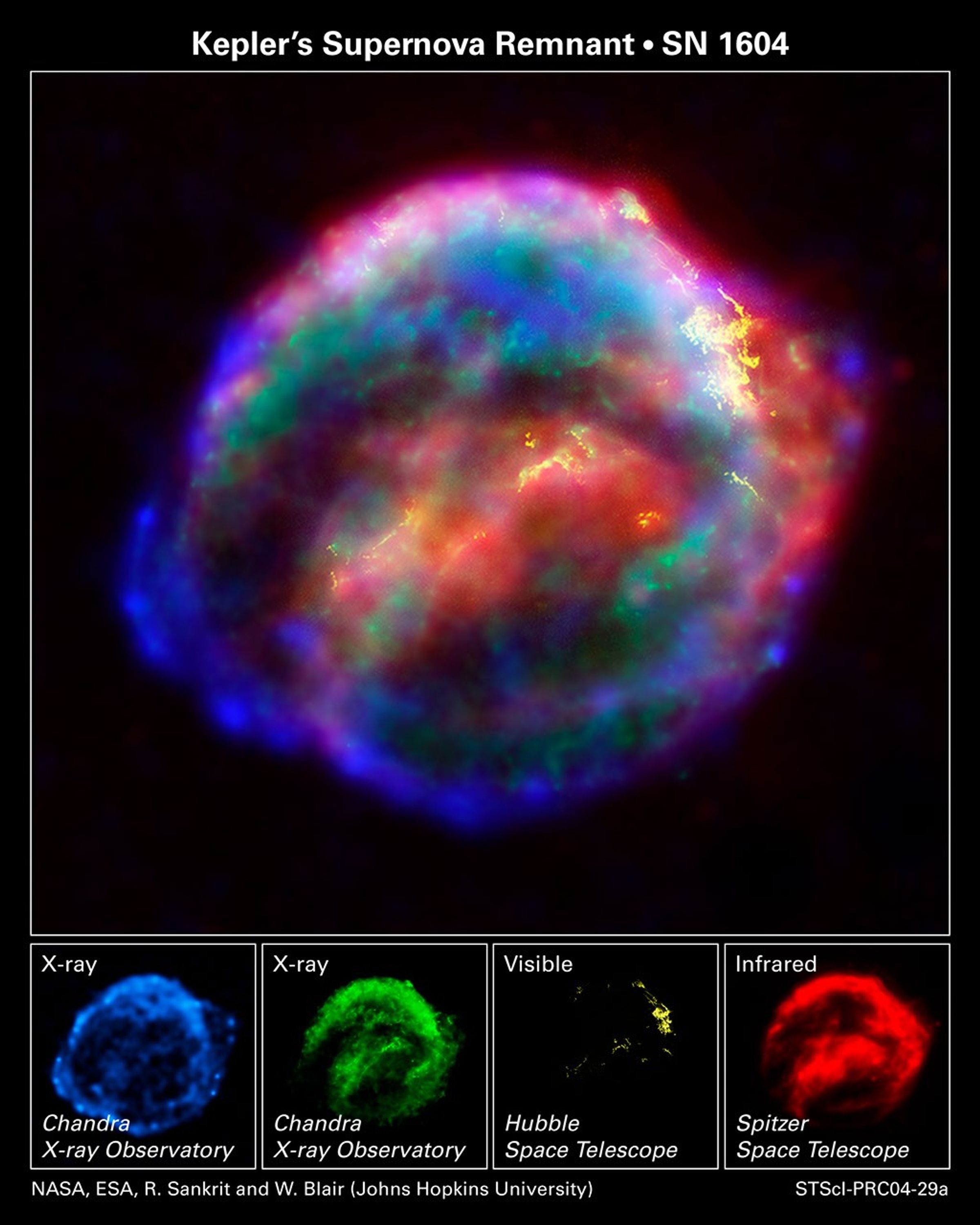
NASA's Great Observatories Provide a Detailed View of Kepler's Supernova Remnant
NASA's three Great Observatories - the Hubble Space Telescope, the Spitzer Space Telescope, and the Chandra X-ray Observatory - joined forces to probe the expanding remains of a supernova, called Kepler's supernova remnant, first seen 400 years ago by sky watchers, including...

Shock Wave in Kepler's Supernova Remnant
Detailed knots and filamentary ribbons of glowing gas are apparent in this Hubble Space Telescope image of Kepler's supernova remnant. This image was taken with Hubble's Advanced Camera for Surveys (ACS) in August 2003. Filters onboard Hubble isolate visible light emitted by...
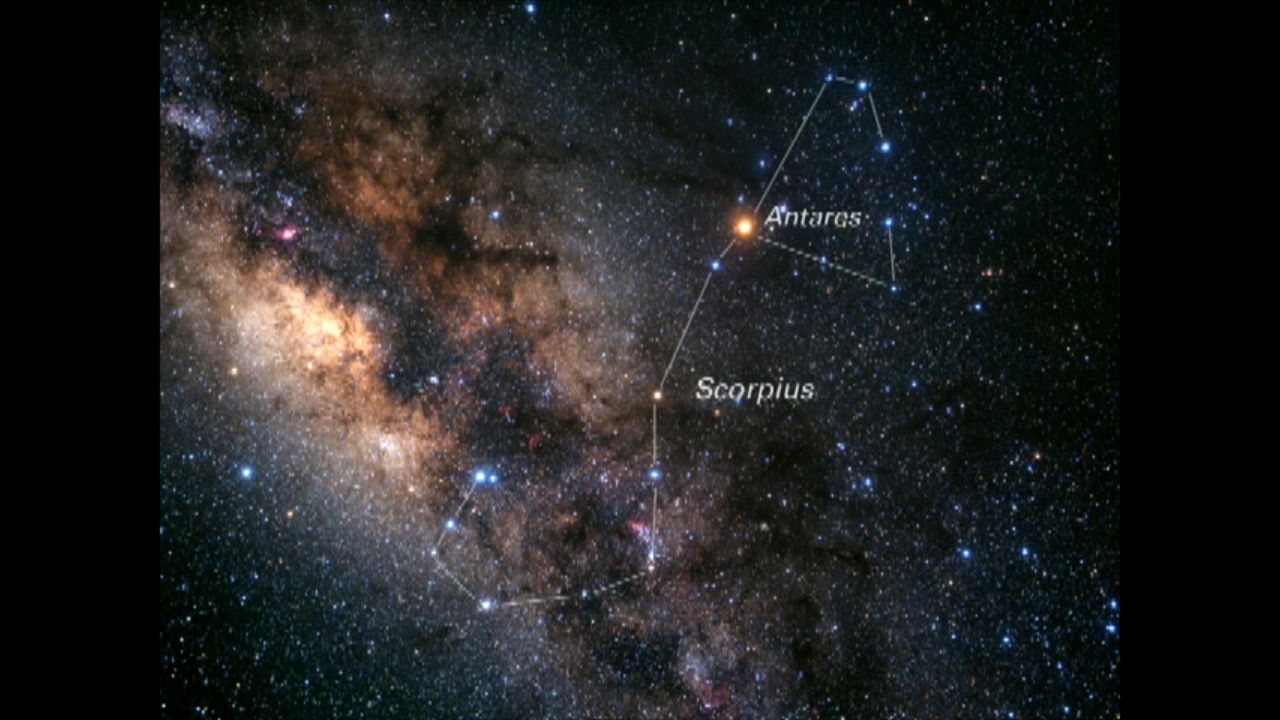
Zoom-In to Kepler's Supernova Remnant
This "zoom" starts in the Scorpius constellation and pushes through deeper and narrower telescopic fields to at last reach Kepler's supernova remnant, a composite of images from NASA's Chandra X-ray Observatory, Hubble Space Telescope, and Spitzer Space Telescope.

Chandra, Hubble, Spitzer Composite View of Kepler's supernova
The composite view of Kepler's supernova splits into its three components: blue-green for Chandra, yellow for Hubble, and red for Spitzer. Each observatory's full image is then shown for side-by-side comparison, beginning with Chandra, then Hubble, and finally Spitzer.
Share
Details
Claire Andreoli
NASA’s Goddard Space Flight Center
Greenbelt, Maryland
claire.andreoli@nasa.gov

